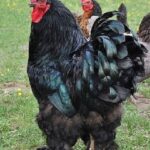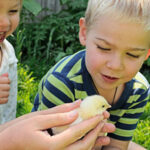Splash Cochin Standard Not Sexed
Continue ReadingSearch Results for: cochin
Silver Laced Cochin Standard Not Sexed
Silver Cochin Standard
Continue ReadingGolden Laced Cochin Standard Male
Golden Laced Cochin Standard
Continue ReadingBuff Cochin Standard Not Sexed
Buff Cochin Standard Not Sexed
Continue ReadingBarred Cochin Standard Not Sexed
Barred Cochin Standard
Continue ReadingBlue Cochin Standard Not Sexed
Blue Cochin Standard Not Sexed
Continue ReadingBlack Cochin Standard Not Sexed
Black Cochin Standard Not Sexed
Continue ReadingBlack Cochin Standard Chicken

- Black Cochin Standard – Sold as Baby Chicks Only – No Sexing Available
Thank you for updating your dealer listing
Enjoy your free downloadable gift for updating your dealer listing with us here at Cackle Hatchery! Click Here to Download As an added bonus after downloading feel free to print any Cackle Hatchery sales sheets for poultry you may need instore: PRINTABLE CHICK SALES SHEETS Tips for printing: Make sure your printer settings are set […]
Continue Reading5 Best First Chickens for Kids

A child’s initial experience with chickens is often the most memorable. To ensure that the youngster’s introduction to chickens is pleasant and fun, consider these qualities when choosing the best first chickens for kids: They are calm in disposition They are friendly with people The breed is appropriate for small hands The chickens enjoy hugs […]
Continue Reading